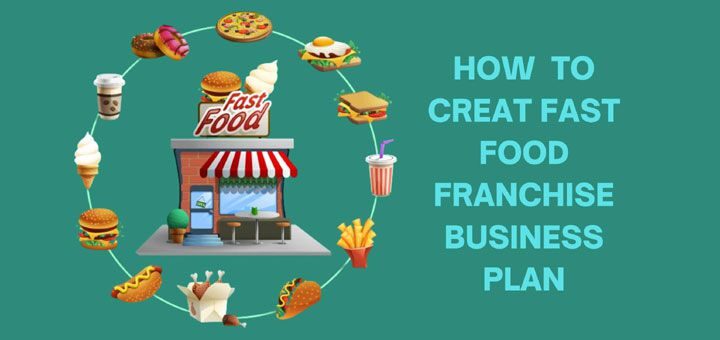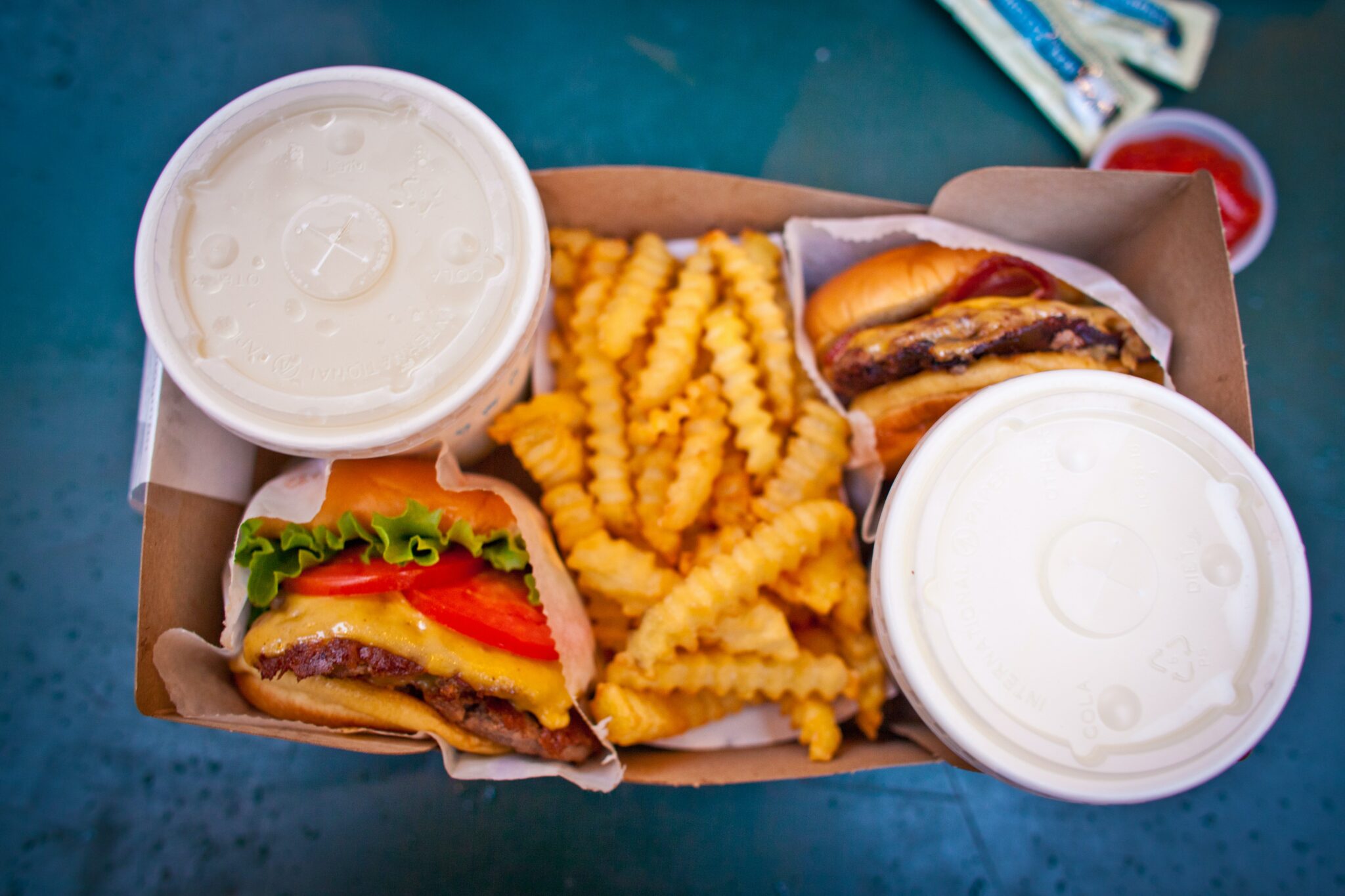Breaking Down the Costs of Opening a Food Franchise
When considering the cheapest franchise to open food, it’s essential to understand the typical costs associated with opening a food franchise. The initial investment, ongoing fees, and marketing expenses can vary significantly depending on the type of franchise and location. On average, the initial investment for a food franchise can range from $20,000 to $500,000 or more. This includes the franchise fee, construction costs, equipment, inventory, and working capital.
Ongoing fees, such as royalties and advertising fees, can also add up quickly. These fees typically range from 4% to 8% of monthly gross sales and are usually paid to the franchisor to cover marketing and support expenses. Additionally, food franchises often require a significant marketing budget to attract and retain customers. This can include expenses such as social media advertising, print materials, and in-store promotions.
It’s also important to consider the costs associated with leasing or purchasing a location, as well as the costs of hiring and training staff. These expenses can vary depending on the location, size, and type of franchise. For example, a food truck franchise may have lower startup costs compared to a traditional brick-and-mortar restaurant.
To give you a better idea of the costs involved, here are some estimated costs for popular food franchises:
- Subway: $14,000 to $23,000 initial investment, 8% royalty fee
- Jimmy John’s: $329,500 to $557,500 initial investment, 6% royalty fee
- Dairy Queen: $434,000 to $1,137,000 initial investment, 4% royalty fee
As you can see, the costs of opening a food franchise can vary significantly. It’s crucial to carefully review the franchise disclosure document and conduct thorough research to understand the costs involved and ensure that you’re making an informed decision.
How to Find the Most Budget-Friendly Food Franchise Options
When searching for the cheapest franchise to open food, it’s essential to research different franchise models and evaluate their startup costs. Here are some tips and strategies to help you find the most budget-friendly food franchise options:
1. Research online: Utilize online directories and databases to find food franchises that match your budget and interests. Websites like Franchise.org, Entrepreneur.com, and FranchiseBusinessReview.com provide comprehensive lists of food franchises, including their startup costs and fees.
2. Review franchise disclosure documents: The Federal Trade Commission (FTC) requires franchisors to provide prospective franchisees with a disclosure document that outlines the franchise’s terms, fees, and financial performance. Reviewing this document can help you understand the franchise’s costs and potential returns on investment.
3. Evaluate financing options: Many food franchises offer financing options or have relationships with lenders that can help you secure funding. Research these options and compare rates and terms to find the best fit for your business.
4. Consider alternative franchise models: Non-traditional franchise models, such as food trucks or carts, can be more budget-friendly than traditional brick-and-mortar restaurants. These models often require lower startup costs and can be more flexible in terms of location and operations.
5. Network with existing franchisees: Reach out to existing franchisees and ask about their experiences with the franchise. They can provide valuable insights into the franchise’s costs, operations, and potential returns on investment.
By following these tips and strategies, you can find the most budget-friendly food franchise options that align with your business goals and budget. Remember to carefully evaluate each franchise’s costs, terms, and potential returns on investment to ensure you’re making an informed decision.
Top Low-Cost Food Franchise Options for Beginners
If you’re looking for the cheapest franchise to open food, consider the following low-cost options:
Subway: With an initial investment of around $14,000 to $23,000, Subway is one of the most affordable food franchises available. The franchise fee is $14,000, and the ongoing royalty fee is 8% of monthly gross sales. Subway is a popular choice for entrepreneurs due to its simple business model and low startup costs.
Jimmy John’s: Jimmy John’s is another low-cost food franchise option, with an initial investment of around $329,500 to $557,500. The franchise fee is $35,000, and the ongoing royalty fee is 6% of monthly gross sales. Jimmy John’s is known for its speedy delivery and high-quality sandwiches, making it a popular choice for customers.
Dairy Queen: Dairy Queen is a well-established food franchise with an initial investment of around $434,000 to $1,137,000. The franchise fee is $40,000, and the ongoing royalty fee is 4% of monthly gross sales. Dairy Queen is a popular choice for entrepreneurs due to its recognizable brand and diverse menu offerings.
These low-cost food franchise options offer a range of benefits, including:
- Lower startup costs compared to traditional restaurants
- Simplified business models and operations
- Recognizable brands and marketing support
- Potential for higher profit margins due to lower overhead costs
However, it’s essential to carefully evaluate each franchise’s costs, terms, and potential returns on investment to ensure you’re making an informed decision. Additionally, consider factors such as market demand, competition, and growth prospects to ensure the franchise is a good fit for your business goals and budget.
The Pros and Cons of Investing in a Low-Cost Food Franchise
Investing in a low-cost food franchise can be an attractive option for entrepreneurs looking to start a business with minimal upfront costs. However, it’s essential to weigh the pros and cons of investing in a low-cost food franchise to ensure it’s the right decision for your business goals and budget.
Pros:
- Higher profit margins: Low-cost food franchises often have lower overhead costs, which can result in higher profit margins for franchisees.
- Lower startup costs: The initial investment for a low-cost food franchise is typically lower than that of a traditional restaurant, making it more accessible to entrepreneurs with limited capital.
- Simplified business model: Low-cost food franchises often have a simpler business model, which can make it easier to manage and operate the business.
Cons:
- Limited brand recognition: Low-cost food franchises may not have the same level of brand recognition as more established franchises, which can make it harder to attract customers.
- Lower marketing budget: Low-cost food franchises often have a lower marketing budget, which can limit the franchise’s ability to promote itself and attract new customers.
- Dependence on franchisor support: Low-cost food franchises may be more dependent on the franchisor for support and guidance, which can limit the franchisee’s autonomy and decision-making power.
Ultimately, investing in a low-cost food franchise can be a great option for entrepreneurs who are looking for a affordable way to start a business. However, it’s essential to carefully evaluate the pros and cons of investing in a low-cost food franchise to ensure it’s the right decision for your business goals and budget.
What to Look for in a Food Franchise Disclosure Document
When considering investing in a food franchise, it’s essential to carefully review the franchise disclosure document (FDD). The FDD is a critical document that provides detailed information about the franchise, including its business model, financial performance, and contractual obligations. In this section, we’ll outline the key components of an FDD and what to look for when evaluating a food franchise opportunity.
The FDD typically includes 23 items, which provide a comprehensive overview of the franchise. Some of the most critical sections to review include:
- Item 1: The Franchisor’s Business – This section provides an overview of the franchisor’s business, including its history, mission, and values.
- Item 5: Initial Fees – This section outlines the initial fees associated with opening a franchise, including the franchise fee, initial inventory, and equipment costs.
- Item 6: Other Fees – This section details the ongoing fees associated with owning a franchise, including royalty fees, marketing fees, and technology fees.
- Item 7: Estimated Initial Investment – This section provides an estimate of the total initial investment required to open a franchise, including all fees, inventory, and equipment costs.
- Item 19: Financial Performance Representations – This section provides financial performance data for existing franchises, including average sales, profit margins, and growth rates.
When reviewing the FDD, it’s essential to pay close attention to the following:
- Initial investment costs – Ensure you understand all the costs associated with opening a franchise, including the franchise fee, initial inventory, and equipment costs.
- Ongoing fees – Carefully review the ongoing fees associated with owning a franchise, including royalty fees, marketing fees, and technology fees.
- Financial performance data – Review the financial performance data provided in Item 19 to understand the potential returns on investment for the franchise.
- Contractual obligations – Carefully review the contractual obligations outlined in the FDD, including the term of the agreement, renewal fees, and termination clauses.
By carefully reviewing the FDD, you can gain a comprehensive understanding of the food franchise opportunity and make an informed decision about investing in the business. Remember, the cheapest franchise to open food may not always be the best option, so it’s essential to evaluate the franchise’s potential for long-term success and profitability.
How to Evaluate the Potential of a Food Franchise
Evaluating the potential of a food franchise requires a thorough analysis of various factors that can impact its success. When searching for the cheapest franchise to open food, it’s essential to consider the market demand, competition, and growth prospects of the franchise. In this section, we’ll provide guidance on how to assess the potential of a food franchise and make an informed decision.
Market Demand
Assessing market demand is crucial in determining the potential of a food franchise. Consider the following factors:
- Target audience – Identify the target audience for the franchise and assess their demand for the product or service.
- Market trends – Analyze market trends and consumer behavior to determine if the franchise is well-positioned to meet changing demands.
- Competition – Evaluate the competition in the market and assess the franchise’s unique selling proposition (USP).
Competition
Assessing the competition is critical in determining the potential of a food franchise. Consider the following factors:
- Number of competitors – Evaluate the number of competitors in the market and assess the franchise’s ability to differentiate itself.
- Competitor strengths and weaknesses – Analyze the strengths and weaknesses of competitors and assess the franchise’s ability to compete.
- Market share – Evaluate the market share of competitors and assess the franchise’s potential to gain market share.
Growth Prospects
Assessing growth prospects is essential in determining the potential of a food franchise. Consider the following factors:
- Market growth rate – Evaluate the market growth rate and assess the franchise’s potential to grow with the market.
- Expansion opportunities – Assess the franchise’s expansion opportunities and evaluate its potential to increase market share.
- Innovation and adaptability – Evaluate the franchise’s ability to innovate and adapt to changing market conditions.
By carefully evaluating the market demand, competition, and growth prospects of a food franchise, entrepreneurs can make an informed decision about investing in the business. Remember, the cheapest franchise to open food may not always be the best option, so it’s essential to prioritize the franchise’s potential for long-term success and profitability.
Common Mistakes to Avoid When Opening a Food Franchise
Opening a food franchise can be a lucrative business venture, but it requires careful planning and execution. When searching for the cheapest franchise to open food, it’s essential to avoid common mistakes that can lead to financial losses and business failure. In this section, we’ll discuss common mistakes to avoid when opening a food franchise.
Underestimating Startup Costs
One of the most common mistakes entrepreneurs make when opening a food franchise is underestimating startup costs. This can include costs such as:
- Initial investment – The initial investment required to open a food franchise can be significant, and underestimating this cost can lead to financial difficulties.
- Equipment and inventory costs – The cost of equipment and inventory can be substantial, and underestimating these costs can lead to cash flow problems.
- Marketing and advertising expenses – Marketing and advertising expenses can be significant, and underestimating these costs can lead to poor brand visibility.
Failing to Conduct Thorough Market Research
Conducting thorough market research is essential when opening a food franchise. This includes:
- Assessing market demand – Assessing market demand is crucial in determining the viability of a food franchise.
- Evaluating competition – Evaluating competition is essential in determining the franchise’s unique selling proposition (USP).
- Identifying target audience – Identifying the target audience is crucial in determining the franchise’s marketing strategy.
Neglecting to Develop a Comprehensive Business Plan
Developing a comprehensive business plan is essential when opening a food franchise. This includes:
- Defining business goals and objectives – Defining business goals and objectives is crucial in determining the franchise’s success.
- Creating a marketing strategy – Creating a marketing strategy is essential in determining the franchise’s brand visibility.
- Establishing financial projections – Establishing financial projections is crucial in determining the franchise’s financial viability.
By avoiding these common mistakes, entrepreneurs can increase their chances of success when opening a food franchise. Remember, the cheapest franchise to open food may not always be the best option, so it’s essential to prioritize the franchise’s potential for long-term success and profitability.
Conclusion: Finding the Right Affordable Food Franchise Opportunity
When it comes to finding the cheapest franchise to open food, it’s essential to carefully evaluate the options and consider the potential for long-term success and profitability. In this article, we’ve discussed the typical costs associated with opening a food franchise, provided tips and strategies for finding affordable options, and highlighted several low-cost food franchise opportunities for beginners.
We’ve also discussed the pros and cons of investing in a low-cost food franchise, including the potential for higher profit margins, lower overhead costs, and limited brand recognition. Additionally, we’ve emphasized the importance of carefully reviewing a food franchise’s disclosure document and evaluating the potential of a food franchise by assessing market demand, competition, and growth prospects.
By avoiding common mistakes such as underestimating startup costs, failing to conduct thorough market research, and neglecting to develop a comprehensive business plan, entrepreneurs can increase their chances of success when opening a food franchise. Remember, the cheapest franchise to open food may not always be the best option, so it’s essential to prioritize the franchise’s potential for long-term success and profitability.
In conclusion, finding the right affordable food franchise opportunity requires careful evaluation and consideration of several factors. By doing your research, evaluating the potential of a food franchise, and avoiding common mistakes, you can increase your chances of success and build a profitable business. Whether you’re looking for the cheapest franchise to open food or a more established brand, the key to success lies in careful planning, execution, and a commitment to providing high-quality products and services to your customers.







